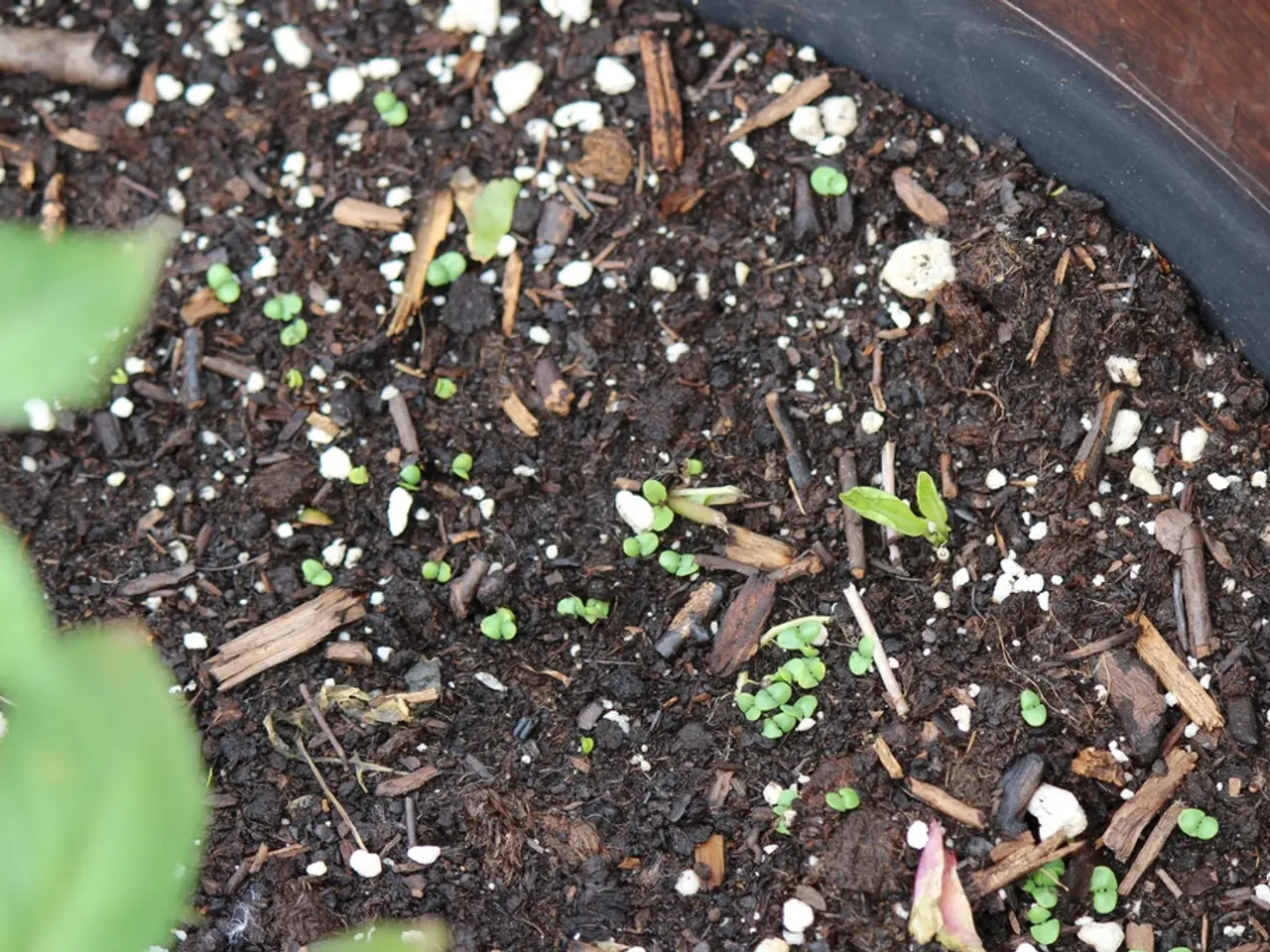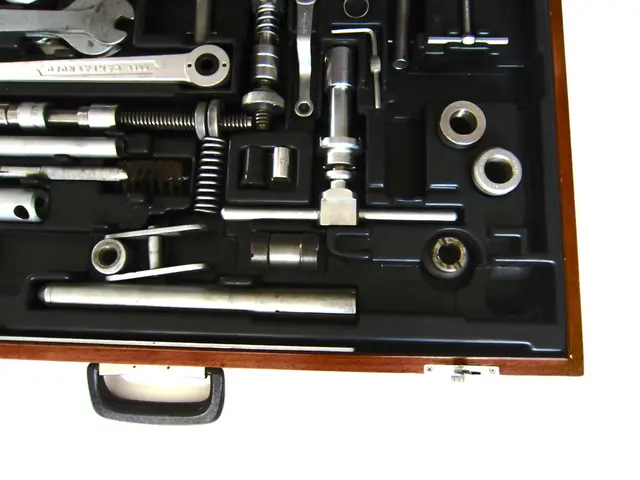Improving Impoverished Soil for Cultivation: Boosting Your Flower Bed Fertility
In the German-speaking region, the ideal soil type for crop cultivation and quality grassland is the brown earth (Braunerde). This fertile soil is suitable for lowland farming and grassland in higher areas. Along streams and floodplains, alluvial soils (Auböden) are common and are ideal for grassland.
To improve various soil types and create an optimal growth environment for plants, it's essential to focus on soil loosening, enhancing humus content, and improving drainage. Long-term soil amendments like adding biochar can enhance soil fertility, water retention, and reduce nitrogen losses.
When it comes to testing soil pH, a simple and affordable method is the baking soda and vinegar test. Collect at least 2 cups of soil, remove debris, and mix the soil with distilled water. If the mixture bubbles or fizzes using the baking soda method, the soil is acidic. Conversely, if the mixture shows visible bubbling or fizzing using the vinegar method, the soil is alkaline.
For a more accurate reading, it's recommended to send a soil sample to a lab. Collect samples from different parts of the lawn or garden, mix them together, let them dry, and send the dry sample to a university extension lab or local Cooperative Extension Service. Alternatively, a soil testing kit can be purchased from home centres, nurseries, or online retailers.
It's advisable to test soil pH every 3 to 5 years, particularly in the fall. A reading lower than 7 indicates acidic soil, higher than 7 indicates alkaline soil, and exactly 7 means neutral soil.
Mulching offers numerous benefits for gardens and yards, such as suppressing weeds, conserving water, regulating temperature, and contributing organic matter to the soil. Organic mulches like leaves, pine needles, compost, bark, wood chips, and grass clippings, as well as inorganic mulches like pea gravel, plastic sheeting, and rubber nuggets, are available options.
When mulching, determine the area and how much mulch is needed, prepare the area by edging it and removing old mulch, and apply the mulch in small mounds, smoothing it out to the recommended depth of 2-4 inches. Avoid dousing newly laid mulch with water for the first 24-48 hours, and maintain the mulch by removing weeds and turning it if mould appears.
By following these tips, gardeners can ensure their soil is well-maintained and optimised for plant growth, leading to a thriving garden.








